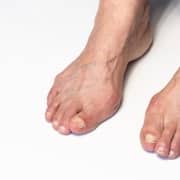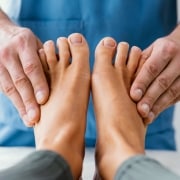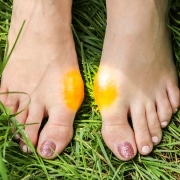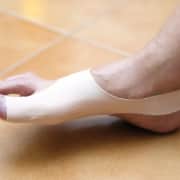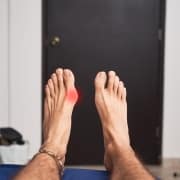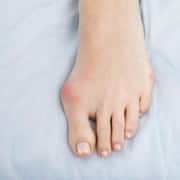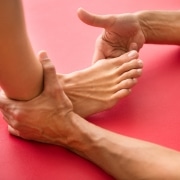3 Signs Your Bunions Are Causing Your Foot Pain
Bunions are more than an annoyance for many people. Of course, the question of how bunion pain manifests is not always straightforward. People may assume that their bunions are the issue when the problem lies in a different part of the foot. Below, we’ll look at three signs of bunion pain and why it helps to consult with the right professional about the next steps to take.
3 Signs of Bunion Pain
Bunion pain typically manifests in the following ways:
- Pain: Pain from bunions in Austin, TX often manifests in either the ball of the foot or in the big toe. Most patients describe it as burning, shooting, or throbbing, and you’ll likely feel it more when you wear shoes or bend your toe.
- Swelling: Your big toe may swell and turn red. So even if it doesn’t hurt, it’s important to watch for any signs of irritation. If you’re having difficulty moving your big toe due to swelling, it’s likely due to your bunions.
- Numbness: If your big toe is numb or tingling, it may be due to your bunions. You may feel this sensation more at night after you’ve been on your feet all day.
What Causes Bunions?
Bunions are thought to be a combination of shoe choice, walking posture, and the shape of your foot. The pressure of all the movement eventually causes the big toe to pop out of alignment. Every bunion puts pressure on the joint, though again, that doesn’t mean that the pressure will manifest in pain.
A Few More Bunion Facts
A bunion is one of the most common causes of foot pain, but not all are painful. Plus, the level of pain can range from barely there to nearly debilitating. If you’ve noticed that switching out your footwear to more comfortable shoes doesn’t solve the problem, it’s probably time to see a podiatrist in Austin, TX.
If you’re looking for a pro who can help you sort out the cause of your symptoms and give you a solution, contact Dr. Jeffrey Lamour, DPM, PA, With locations in Austin and Pfluggerville, our team can help you get a handle on the problem.



